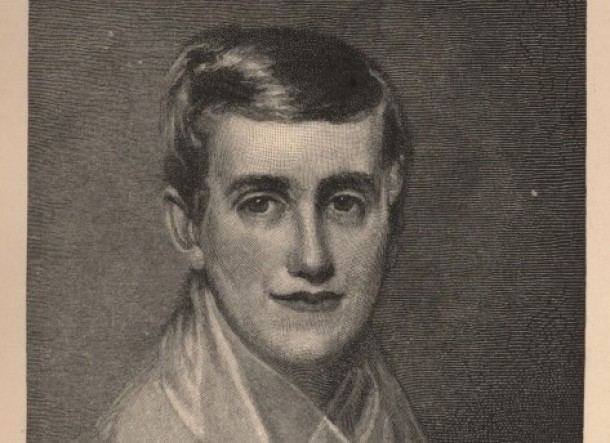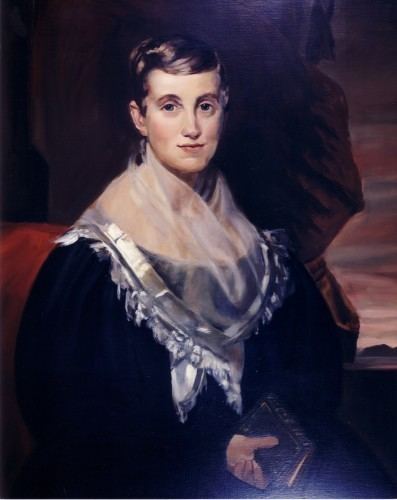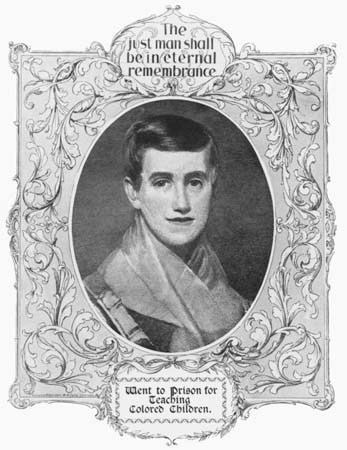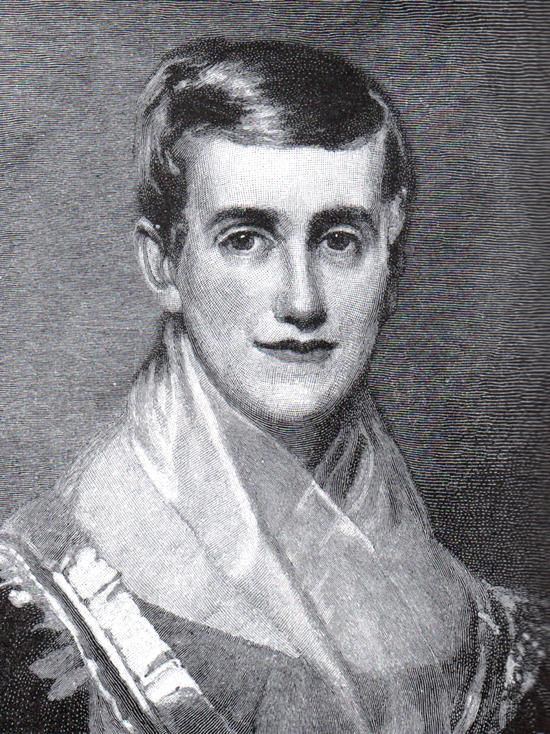Name Prudence Crandall | ||
 | ||
Died January 28, 1890, Elk Falls, Kansas, United States | ||
Who is prudence crandall
Prudence Crandall (September 3, 1803 – January 28, 1890) was an American schoolteacher from Rhode Island who was raised as a Quaker in Canterbury, Connecticut. She became known for establishing an academy there for the education of African-American girls and women, after whites boycotted the school when she admitted a student of color. when she devoted her school to girls of color from the region, local townspeople violently opposed the school.
Contents
- Who is prudence crandall
- Prudence crandall museum connecticut s cultural treasures
- Early life
- Integration of the boarding school
- The new school
- Public backlash
- Judicial proceedings
- Later years
- Legacy
- References

Crandall had opened a private school in 1831. When she admitted Sarah Harris, a 17-year-old African-American female student in 1833, she had what is considered to be the first integrated classroom in the United States. After Crandall decided to admit girls of color into her school, the parents of the white children began to withdraw their support. When Crandall continued to operate her academy, the state legislature passed a law prohibiting education of black students from outside the state unless specifically authorized by the town. Crandall won a court case, but Canterbury vandals burned her school. She closed it and left the area in 1834 after marrying. Later widowed, she settled with a brother in Kansas in the late 1870s. In 1886, two decades after the end of the Civil War and the abolition of slavery, Connecticut passed a resolution honoring Crandall and providing her with a pension; she died a few years later.

Crandall received renewed attention by historians and honors in the late 20th century, including Connecticut honoring her as its official State Heroine.

Prudence crandall museum connecticut s cultural treasures
Early life

Prudence Crandall was born on September 3, 1803, to Pardon and Esther Carpenter Crandall, a Quaker couple in the Hope Valley area of the town of Hopkinton, Rhode Island. When she was 17, her father moved the family to Canterbury, Connecticut. She attended the Friends' Boarding School in Providence, Rhode Island.

In 1831, Crandall returned to Connecticut to run the newly established Canterbury Female Boarding School, which she purchased with her sister Almira.
Integration of the boarding school
In the fall of 1832, Sarah Harris, the daughter of a free African-American farmer near Canterbury, asked to be accepted to the school to prepare for teaching other African Americans. Harris had attended the same district school as the white girls who were attending Crandall's school as teenagers.
Although Crandall was uncertain about the reception of Harris, she eventually admitted the girl, establishing what is believed to be the first integrated classroom in the United States. Many prominent townspeople objected and pressured to have Harris dismissed from the school, but Crandall refused. Families of the current white students removed their daughters from the school.
Consequently, Crandall devoted herself to teaching African-American girls. She temporarily closed the school and began directly recruiting new students of color on March 2, 1833. William Lloyd Garrison, an abolitionist and supporter of the school, placed advertisements for new pupils in his newspaper The Liberator. Crandall announced that on the first Monday of April 1833, she would open a school "for the reception of young ladies and little misses of color, ... Terms, $25 per quarter, one half paid in advance." Her references including leading abolitionists Arthur Tappan, Samuel J. May, William Lloyd Garrison, and Arnold Buffum.
As word of the school passed up and down the Atlantic seaboard, African-American families began arranging enrollment of their daughters in Crandall's academy. On April 1, 1833, twenty African-American girls from Boston, Providence, New York, Philadelphia, and surrounding areas in Connecticut arrived at Miss Crandall's School for Young Ladies and Little Misses of Color.
The new school
Crandall taught a variety of classical subjects, including reading, writing, arithmetic, English grammar, geography, history, natural and moral philosophy, chemistry, astronomy, drawing and painting, music and the piano, and the French language. The students were required to pay $25 per quarter, half in advance. This money covered tuition, board, and washing, while books and stationery were purchased and provided to the girls at a discounted price. Crandall's excitement and sense of accomplishment at running a school to help young black women was short-lived because of the immediate ostracism and criticism she faced from her community and the state.
Public backlash
Citizens of Canterbury at first protested the school and then held town meetings "to devise and adopt such measures as would effectually avert the nuisance, or speedily abate it..." The town response escalated into warnings, threats, and acts of violence against the school. Crandall was faced with great local opposition, and her detractors had no plans to back down.
On May 24, 1833, the Connecticut legislature passed the "Black Law", which prohibited a school from teaching African-American students from outside the state without the town's permission. In July, Crandall was arrested and placed in the county jail for one night and released under bond to await her trial.
Under the Black Law, the townspeople refused any amenities to the students or Crandall, closing their shops and meeting houses to them. Stage drivers refused to provide them with transportation, and the town doctors refused to treat them. Townspeople poisoned the school's well—its only water source—with animal feces, and prevented Crandall from obtaining water from other sources. Crandall faced extreme difficulties but continued to teach the young women, angering the community even further.
Crandall's students also suffered. Anna Eliza Hammond, a 17-year-old student, was arrested; however, with the help of local abolitionist Samuel J. May, she was able to post bail bond. Some $10,000 was raised through collections and donations.
In response to May's support of Crandall, Connecticut politician Andrew T. Judson said,
Mr. May, we are not merely opposed to the establishment of that school in Canterbury; we mean there shall not be such a school set up anywhere in our State. The colored people can never rise from their menial condition in our country; they ought not to be permitted to rise here. They are an inferior race of beings, and never call or ought to be recognized as the equals of the whites.
Judicial proceedings
Arthur Tappan of New York, a prominent abolitionist, donated $10,000 to hire the best lawyers to defend Crandall throughout her trials. The first opened at the Windham County Court on August 23, 1833. The case challenged the constitutionality of the Connecticut law prohibiting the education of African Americans from outside the state.
The defense argued that African Americans were citizens in other states, so therefore there was no reason why they should not be considered as such in Connecticut. Thus, they focused on the deprivation of the rights of African-American students under the United States Constitution. By contrast, the prosecution denied the fact that freed African-Americans were citizens in any state. The county court jury ultimately failed to reach a decision for the cases.
A second trial in Superior Court decided against the school, and the case was taken to the Supreme Court of Errors (now called the Connecticut Supreme Court) on appeal in July 1834. The Connecticut high court reversed the decision of the lower court, dismissing the case on July 22 because of a procedural defect. The Black Law prohibited the education of black children from outside of Connecticut unless permission was granted by the local civil authority and town selectmen. But the prosecution's information that charged Crandall had not alleged that she had established her school without the permission of the civil authority and selectmen of Canterbury. Therefore, the Supreme Court held that the information was fatally defective because the conduct which it alleged did not constitute a crime. The Court did not address the issue of whether the citizenship of free African Americans had to be recognized in every state.
The judicial process had not stopped the operation of the Canterbury school, but townspeople's vandalism against it increased. They smashed the windows with heavy iron bars. Residents were so angry that the court had dismissed the case that vandals set the school on fire on September 9, 1834. For the safety of her students, her family and herself, Prudence Crandall closed her school on September 10, 1834.
Connecticut repealed the Black Law in 1838.
Later years
In August 1834, Prudence Crandall married the Rev. Calvin Philleo, a Baptist preacher. The couple moved to Massachusetts for a period of time. They also lived in New York, Rhode Island, and Illinois. Calvin Philleo died in the latter state in 1874. He or a family member with a similar name, is interred at Old Center Cemetery in Suffield, Connecticut. The widowed Prudence Crandall took back use of her maiden name.
She relocated with her brother Hezekiah to Elk Falls, Kansas around 1877. Hezekiah died there in 1881. In 1886, the state of Connecticut honored Prudence Crandall with an act by the legislature, prominently supported by writer Mark Twain, providing her with a $400 annual pension (equivalent to $10,700 in 2016).Prudence Crandall died in Kansas on January 28, 1890, at the age of 86. She and her brother are buried in Elk Falls Cemetery.
Other members of the family had difficulty with authorities during the 1830s. In May 1835, their brother, Reuben Crandall, who had studied medicine at Yale and taught botany, had moved from Peekskill, New York to Washington, D.C. He received a medical license there, and began giving lectures and cataloging plants. His trunks held many Anti-Slavery Society tracts and newspapers (some of which he used to wrap plants). On August 10, 1835, two constables arrested him on the charge of possession of abolitionist tracts with the intent to distribute them. A lynch mob gathered at the jail and U.S. Attorney Francis Scott Key prosecuted him. This was a short time after rioting by whites against blacks that had followed the alleged attempted murder of a white woman by a mentally ill slave, Arthur Bowen. Crandall was jailed for eight months before the two-week trial, but the jury acquitted him of all five charges. However, Crandall had contracted tuberculosis (TB), which had no known treatment. After returning briefly to Connecticut, he moved in 1836 to the milder climate of Jamaica in the Caribbean, where he died of the disease, at age 30.
Legacy
The Episcopal Church (United States) remembers Crandall annually on September 3, as a saint, in its liturgical calendar.
In the late 20th century, Crandall received renewed attention and honors:
Garrison Keillor is a descendant of relations to Crandall.
